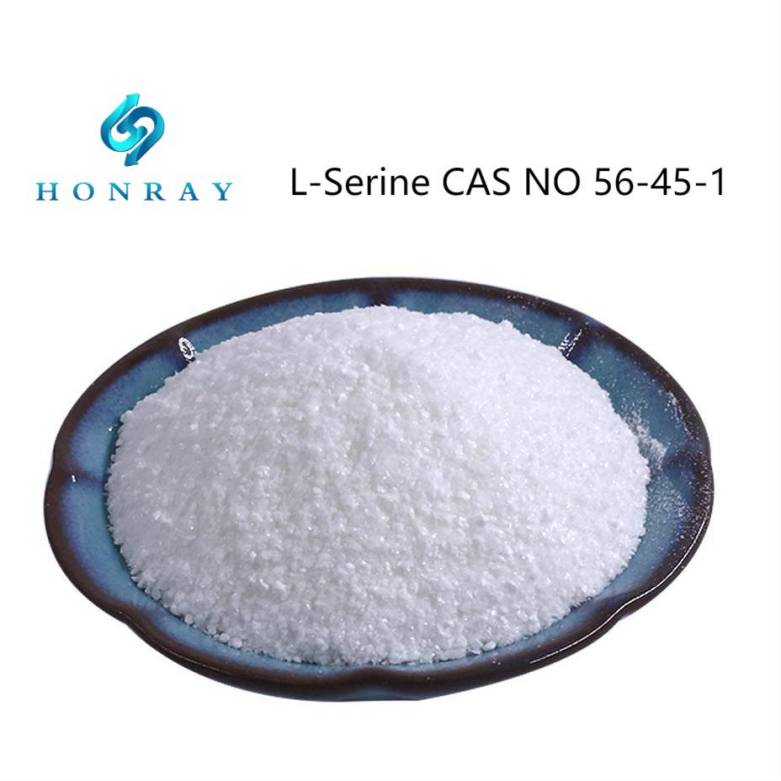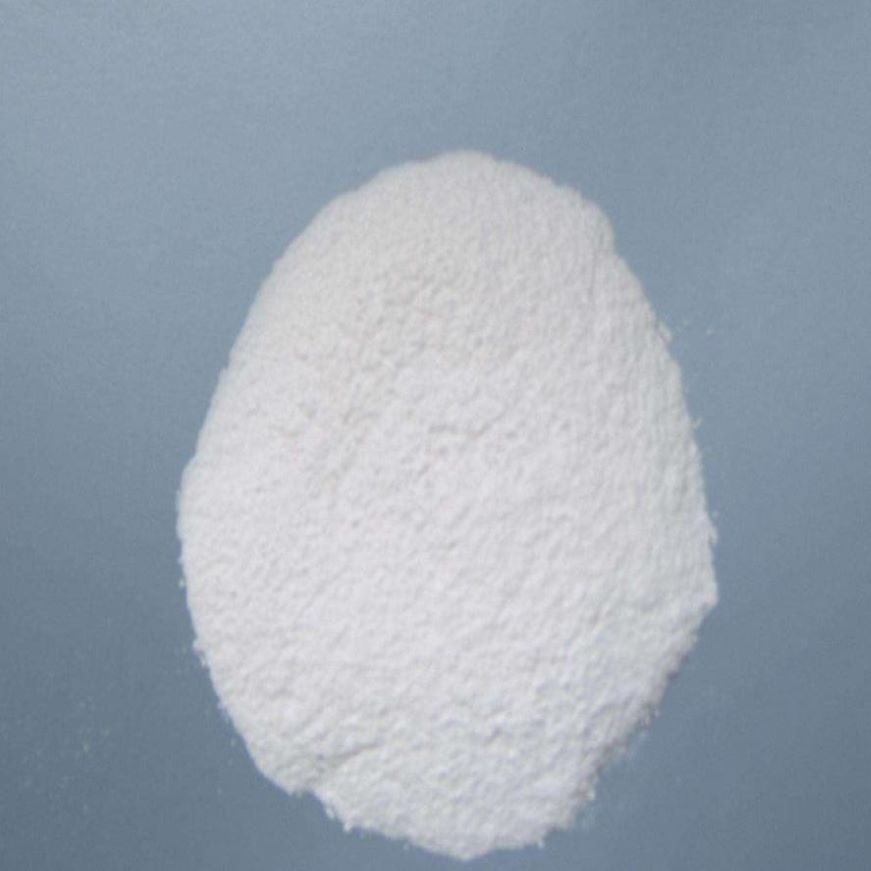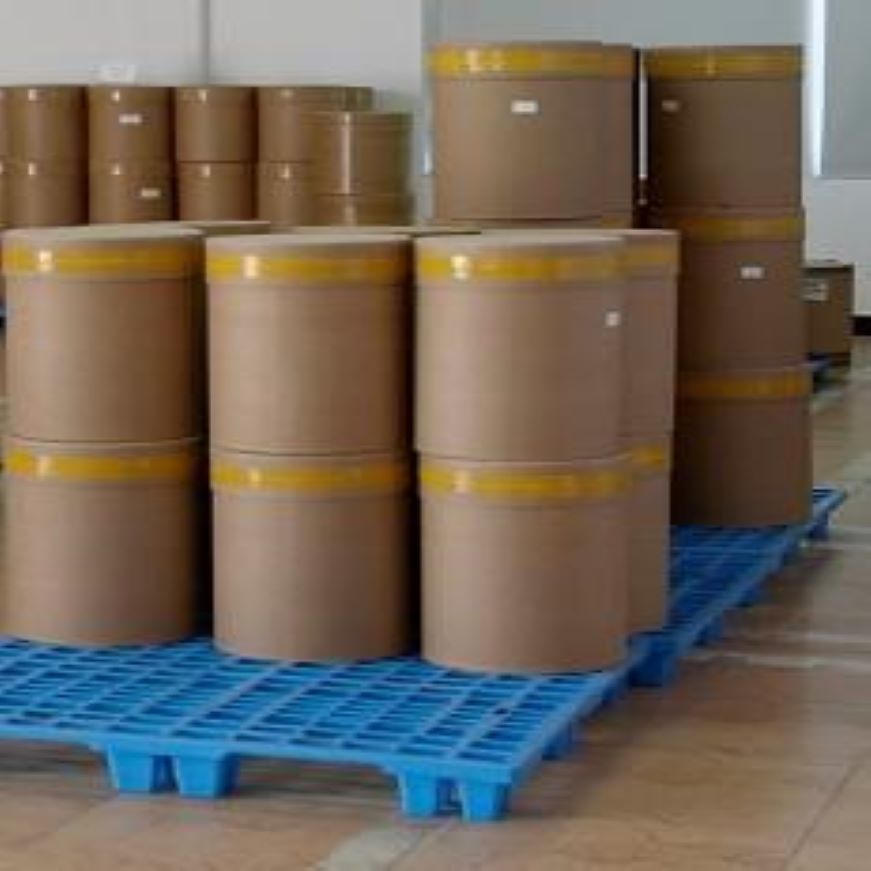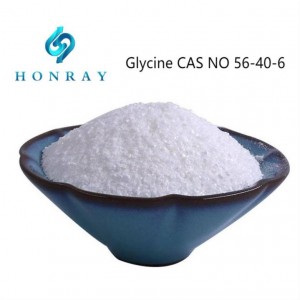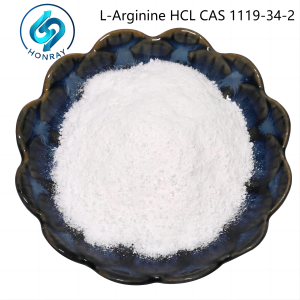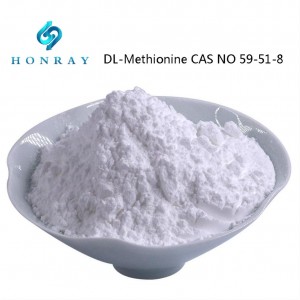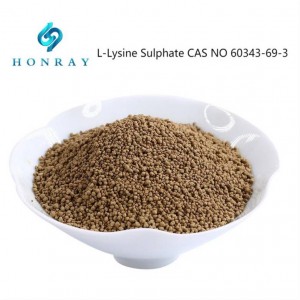L-Serine CAS NO 56-45-1 for Food Grade(FCC/AJI/USP)
Usage:
1. As biochemical reagent and food additive.
2. Nutritional supplements, skin nutrition additive in cosmetics.
3. Available for biochemical and nutritional research purposes, can also be used as raw materials for the synthesis of ring serine.
L-Serine, also known as beta-hydroxyalanine, is a non-essential amino acid that plays a role in the metabolism of fats and fatty acids and the growth of muscles because it helps in the production of immune hemoglobin and antibodies and maintains a healthy immune system. Serine is also required. L-Serine plays a role in the production and processing of cell membranes, the synthesis of muscle tissue and sheaths surrounding nerve cells.
1. To effectively improve the vitality of brain cells, preventing Alzheimer’s diseae 2. To stabilize mood and improve sleep 3. To increase attention, improving the symptoms of ADHD, etc. Prevention and treatment of cardiovascular and cerebrovascular diseases 4. To scavenge free radicals, anti-oxidation 5. To improve immunity .
L-Serine, also known as beta-hydroxyalanine, is a non-essential amino acid that plays a role in the metabolism of fats and fatty acids and the growth of muscles because it helps in the production of immune hemoglobin and antibodies and maintains a healthy immune system. Serine is also required.
L-Serine plays a role in the production and processing of cell membranes, the synthesis of muscle tissue and sheaths surrounding nerve cells.
1. L-Serine is a non-essential amino acid rich in eggs, fish, and soybeans. The human body can also synthesize serine from glycine.
2. L-Serine has a wide range of uses in medicine. Serine promotes the metabolism of fats and fatty acids and helps maintain the immune system.
3.L-Serine can be obtained from soybeans, wine starters, dairy products, eggs, fish, milk albumin, pods, meat, nuts, seafood, seeds, whey, and whole wheat. If necessary, the body will synthesize serine from glycine.
Specifications
|
L-Serine |
USP32 |
USP40 |
|
Description |
— |
— |
|
Identification |
— |
Conform |
|
Assay |
98.5%~101.5% |
98.5%~101.5% |
|
pH |
5.5~6.5 |
— |
|
Transmittance |
— |
— |
|
Loss on drying |
≤0.2% |
≤0.2% |
|
Residue on ignition |
≤0.1% |
≤0.1% |
|
Chloride |
≤0.05% |
≤0.05% |
|
Heavy Metals |
≤15ppm |
≤15ppm |
|
Iron |
≤30ppm |
≤30ppm |
|
Sulfate |
≤0.03% |
≤0.03% |
|
Endotoxin |
— |
— |
|
Arsenic |
— |
— |
|
Ammonium |
— |
— |
|
Other amino acids |
— |
Conforms |
|
Pyrogen |
— |
— |
|
Specific Rotation |
﹢14.0°~﹢15.6° |
﹢14.0°~﹢15.6° |








